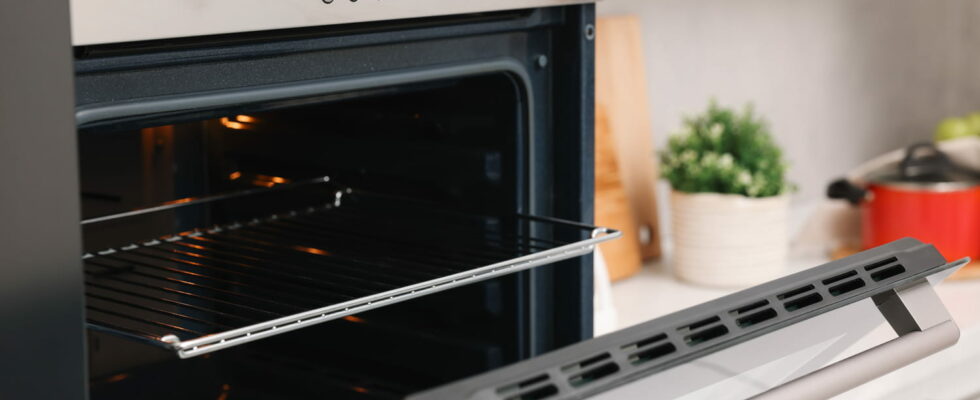The oven is one of the most energy-intensive appliances in the home. However, there is a function that allows you to make big savings.
The oven is an essential appliance in our kitchens, but did you know that it can also be a real energy drain? In fact, it consumes a significant amount of energy, especially when it is used in a non-optimized manner. However, there are small, simple actions and a program that are often overlooked that can allow you to make energy savings of up to 25%!
The first tip to save energy is to use the fan function of your oven. Most modern ovens are equipped with this mode, but few people use it correctly. Unlike static heat, which only heats from the bottom and/or top, fan heat uses a fan to distribute heat evenly throughout the oven.
This uniform heat distribution saves preheating and cooking time. Heat reaches food more efficiently, reducing cooking time. Another advantage with rotating heat is that it is often possible to lower the temperature compared to traditional heat, without compromising the quality of cooking. By reducing cooking time and temperature, you significantly reduce energy consumption. It’s a simple gesture that may seem trivial, but it makes a noticeable difference on your electricity bill.

With this cooking method, you have the possibility of cooking several dishes at the same time: the heat circulating throughout the oven, you can cook several dishes on different levels, without mixing odors and flavors. By cooking several dishes at the same time, you reduce the time you use your oven, and therefore your electricity bill!
To further reduce your oven consumption, you can apply these few other tips. A common mistake is to systematically preheat the oven, even when it is not necessary. While some recipes actually require a hot oven from the start of cooking, many dishes, such as gratins or roasts, can be cooked directly in the cold oven. By avoiding preheating, you save a significant amount of energy, because the oven does not have to come up to temperature before starting its work.
Another very simple gesture to save energy is to avoid opening the oven door while cooking. Every time you open the door, you lower the temperature inside, and the oven has to use more energy to recover the lost heat. Instead, use the glass and internal lighting to check cooking without disturbing the thermal balance.
Finally, you can turn off the oven before cooking is finished. The oven retains heat for several minutes after being turned off. Take advantage of this residual heat to finish cooking dishes without using additional energy.
